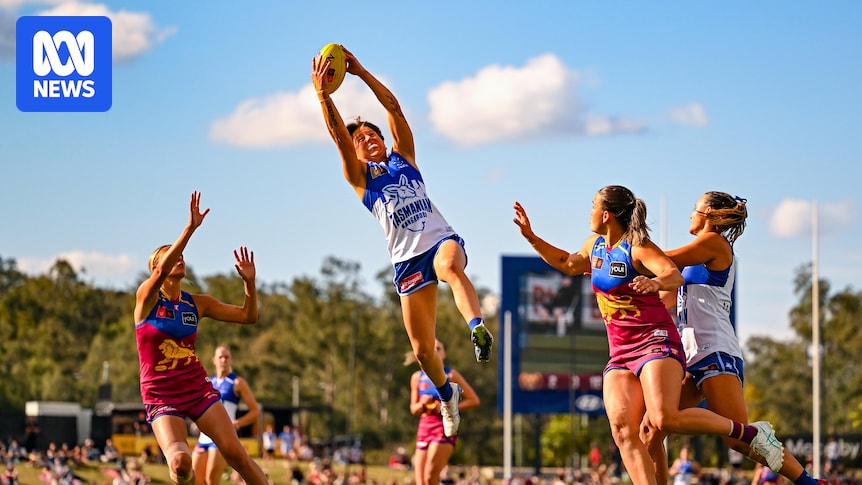
As the AFL Women’s (AFLW) league celebrates its 10th season, it faces a significant challenge: capturing the attention of fans experiencing “footy fatigue” after a long men’s season. This issue is highlighted by a decline in average attendance, which has dropped to approximately 2,500 per game from 2,660 last year during the home-and-away season.
Aurora Hodges, a devoted Brisbane AFL and AFLW supporter, has only missed two AFLW games in Queensland over the league’s decade-long history. Yet, she acknowledges the current timing of the season is overwhelming. “It’s being played at a ridiculous time of the year … once AFL is done, even the biggest AFLW fans have footy fatigue,” Hodges told ABC Sport.
Scheduling Conflicts and Overlapping Seasons
This year, the AFLW season was extended to 12 rounds over 12 weeks, overlapping with the men’s finals for four weeks. Despite this overlap, the AFL has confirmed that the 2026 season will follow the same schedule. Port Adelaide senior coach Lauren Arnell noted a decline in interest this year, attributing it potentially to the timing or media engagement. “I think it’s on all of us — media and people involved in AFLW, coaches and players and clubs — to continue driving the narrative of AFLW,” Arnell stated on ABC Radio.
Arnell expressed nostalgia for the early days of the league when attention seemed more focused, suggesting a need for renewed efforts to engage audiences. “The timing is the timing. That’s nothing we can control,” she added.
Competing Sports and Fan Engagement
The AFL’s strategy has been to leverage existing men’s AFL fans to boost interest in the women’s league. However, according to Dylan Humphries, who runs the popular AFL Instagram account Cench, fans are often looking to take a break from football after the men’s season ends. “This time of year it’s pretty busy, even though AFL [men’s] and NRL/W has just finished, it’s still pretty busy sport-wise … NFL [has] just kicked back off,” Humphries explained.
Humphries noted that sports fans often shift their focus to other sports like cricket and NFL during October and November. “October, November is right before cricket starts and then we [sport fans] start spending every weekend watching cricket,” he said, highlighting the challenge of maintaining fan engagement during this period.
Comparisons with NRL Scheduling
In contrast, the NRL runs its men’s and women’s seasons concurrently, culminating in grand finals played on the same day. This approach has been seen as beneficial for the women’s league, as it capitalizes on the momentum of the men’s games. Lavender Baj, a sports producer, noted, “There’s no doubt that the NRLW has its own fanbase, but by playing women’s Origin fixtures in Brisbane on the eve of men’s Magic Round, and having a double-header grand final, the barrier to entry to support the women is much lower.”
Baj emphasized that the concurrent scheduling works in favor of the women’s league during finals, providing a seamless experience for fans. “From a fan perspective, the concurrent fixture really works in the women’s favour during finals,” she added.
Implications and Future Considerations
The current AFLW scheduling has led to logistical challenges, particularly for fans wanting to support both men’s and women’s teams. This year, Brisbane’s AFLW side had to miss the men’s grand final in Melbourne due to a game in Queensland the following day. Aurora Hodges managed to attend both events but admitted to being “exhausted,” highlighting the impracticality for most fans.
Looking forward, there are calls for the AFLW season to either start before or during the men’s AFL season and conclude before the men’s finals. This adjustment could potentially alleviate the “footy fatigue” and enable fans to engage more fully with both leagues. As the AFLW continues to evolve, finding the right balance in scheduling will be crucial to its growth and success.







